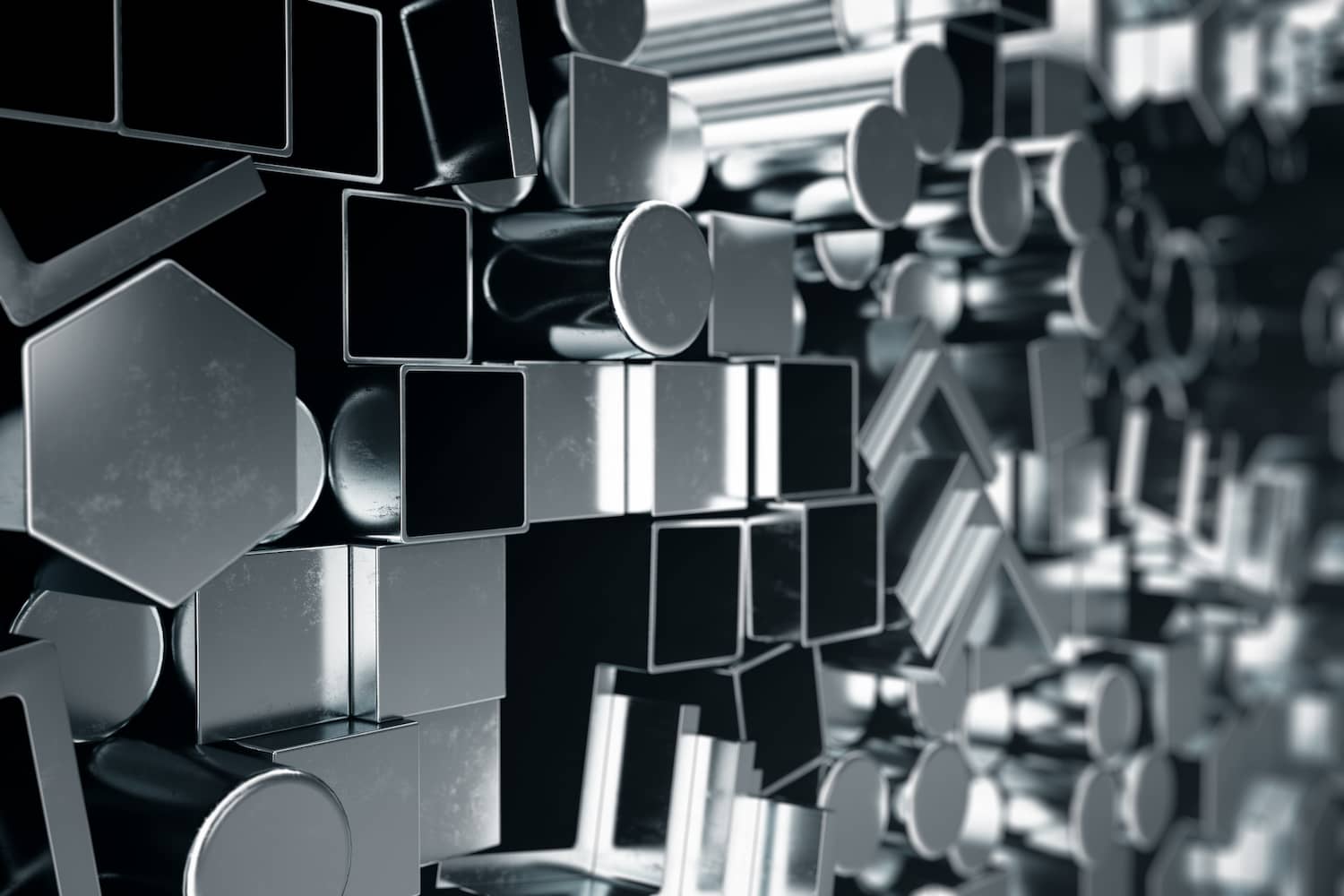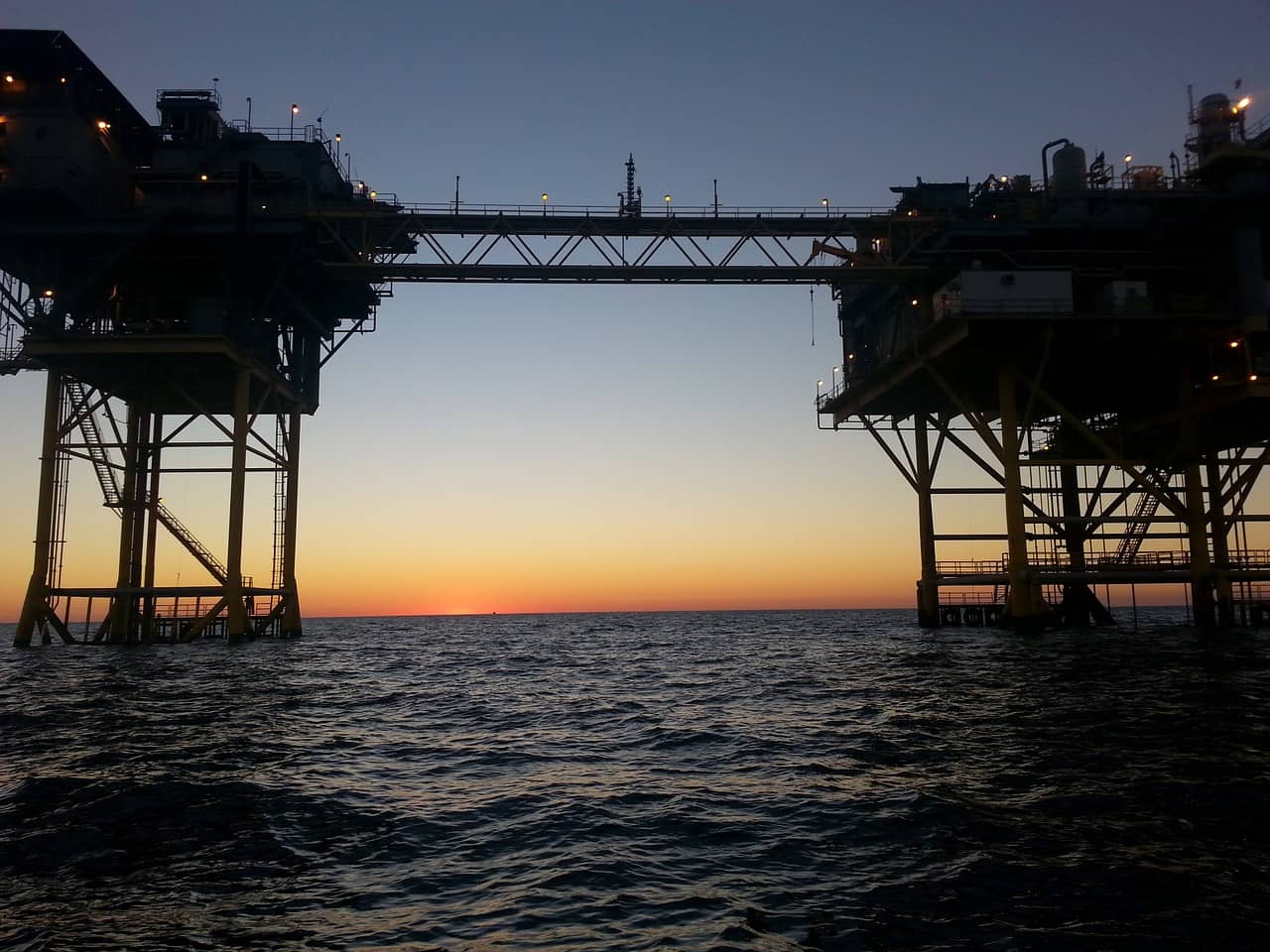Alloy 24 / 1.4565: Corrosion-resistant Super Austenitic Stainless Steel
Hempel Special Metals
Alloy 24 (1.4565) is an austenitic stainless steel distinguished by its excellent corrosion resistance and high strength. In fact, due to its high pitting index – known as pitting resistance equivalent number (PREN) – Alloy 24 belongs to the super austenitic stainless-steel group. This is a class of materials derived from further developing austenitic stainless steels to fill the gap between standard grades of stainless steels and nickel-based alloys.
With its technical and economic advantages compared with higher-alloyed nickel-based alloys, Alloy 24 can be used in demanding application areas, especially the chemical industry and seawater applications. Its resistance to pitting and crevice corrosion – induced by the presence of chloride – makes it a fitting material for on- and off-shore oil and gas applications, not to mention environmental technologies and power transformation areas.
The most notable properties of Alloy 24 (1.4565) are:
- High mechanical strength (yield strength, tensile strength, and impact strength) with reduced wall thickness, weight saving, and abrasion / erosion resistance
- Excellent resistance to pitting corrosion, crevice corrosion, intergranular corrosion, and stress corrosion
- Stability in its austenitic structure over a wide temperature range with good workability and toughness and no precipitation or thermal ageing
- Outstanding performance and cost-efficiency compared with standard stainless steels and nickel-based alloys
- Great weldability with no risk of embrittlement in heat-affected zones (HAZ) of parent materials
Alloy 24 is also referred to by the following specifications:
- ASTM A167, A182, A240, A249, A358, A403, A479, A480
- EN 10088 2/3/4 (1.4565 - X1 Cr Ni Mo Mn Nb N-24.17.5)
- AFNOR Z2 CNMO 23.17.5 AZ
- NACE Standard MR-01-75 up to 29 RC Hardness
- ASME Code Case 2146
What is austenitic stainless steel?
Austenitic stainless steels are steel alloys that make up the majority of steel production. They are some of the most commonly used stainless steels owing to their corrosion resistance, high formability, and mechanical strength. They are non-magnetic and can be used under various temperatures that go as high as those found in furnaces and jet engines or as low as cryogenic conditions.
They are fundamentally made of iron, carbon, chromium, nickel, and other alloying elements. One particular element that contributes to their high corrosion resistance is nitrogen. Its significance is a result of its high solubility in face-centred cubic (FCC) structures, i.e., austenite. Nitrogen-alloyed stainless steels are characterized by austenite stabilization, which allows for welding and forming of large cross-sections without undesirable structural transformation. They also exhibit increased strength, lower carbide precipitations, and enhanced corrosion resistance. Having nitrogen and manganese as alloying elements lowers the nickel content in the stainless-steel alloy, thus lowering its cost and price volatility.
The super austenitic Alloy 24 is a nitrogen-alloyed stainless steel. This enables it to maintain a stable austenitic structure in a wide range of temperatures. It is also fully stable against martensite formation after cold deformation. Alloy 24 from Hempel Special Metals is a precipitation-free, corrosion-resistant stable austenitic stainless steel. It can be produced in thick sections without precipitates in solution annealed and quenched condition.

Properties and chemical composition of Alloy 24 (1.4565)
Hempel Special Metals’ Alloy 24 is an enhanced version of the original Amanox alloy. Its chemical composition is restructured by increasing the molybdenum content, reducing silicon and carbon content, and limiting the niobium content. The chemical composition is as follows:
- Iron: Balance
- Carbon: 0.03 % (max.)
- Chromium: 23 – 25 %
- Manganese: 3.5 – 6.5 %
- Molybdenum: 3 – 5 %
- Nickel: 16 – 18 %
- Niobium: 0.1 % (max.)
- Nitrogen: 0.4 – 0.8 %
- Silicon: 0.1 % (max.)
Such a redesign has enabled Alloy 24 to possess high strength and excellent corrosion resistance in various corrosive media. The table below shows some of Alloy 24’s prominent material properties. For more details on its properties, including temperature-dependent properties, check out the Alloy 24 digital datasheet.
Table 1. Physical and mechanical properties of Alloy 24.
|
|
Alloy 24 / 1.4565 / S34565 |
|
Physical properties |
|
|
Density (at 23.0 °C) |
8 g/cm3 |
|
Thermal conductivity (at 23.0 °C) |
12 W/(m·K) |
|
Specific heat capacity (at 23.0 °C) |
450 J/(kg·K) |
|
Electrical resistance (at 23.0 °C) |
9.2 x 10-7 Ω·m |
|
Magnetizability |
None (slight potential for magnetizability after solution annealing and quenching) |
|
Mechanical properties |
|
|
Yield strength Rp0.2 (at 23.0 °C) |
420 MPa |
|
Yield strength Rp1.0 (at 23.0 °C) |
460 MPa |
|
Tensile strength (at 23.0 °C) |
800 – 950 MPa |
|
Elastic modulus (at 23.0 °C) |
190 GPa |
|
Elongation (at 23.0 °C) |
30 – 58 % |
|
Elongation, transverse (at 23.0 °C) |
30 % |
|
Hardness, Vickers, 10 (at 23.0 °C) |
180 – 220 |
|
Impact strength, Charpy notched (at -196 °C) |
1000 kJ/m2 |
Corrosion behaviour of Alloy 24
Like other super austenitic stainless steels, Alloy 24’s corrosion resistance is arguably the material’s most important feature. After it was temporarily set aside upon its discovery in the 1990s, Hempel Special Metals today have revitalized the alloy as it began to gain traction among customers. This is particularly due to its resistance to chloride-induced pitting and crevice corrosion. These are localized corrosion phenomena that occur in neutral or acid chloride solutions.
Pitting and crevice corrosion performance
Pitting corrosion is when an attack happens at small distinct areas of an unshielded surface. Crevice corrosion, on the other hand, begins in a narrow crack in the metal’s surface. Under high concentrations of chloride and acidic pH levels, the risk of pitting and crevice corrosion increases.
Usually, an austenitic stainless steel’s resistance to such types of corrosion is enhanced by increasing the molybdenum and chromium content. Furthermore, having a high nitrogen content provides a significant improvement to corrosion resistance. That is why in a test conducted by Hempel Special Metals, Alloy 24 exhibited outstanding corrosion behavior similar to that of Ni-based alloy 625, with a PREN of 52, a critical pitting temperature (CPT) of 85 °C, and a critical crevice temperature (CCT) of about 50 °C in a ferric chloride solution. Similarly, testing pitting corrosion in a sodium chloride (NaCl) solution showed the same CPT of 90 °C for both Alloy 24 and the higher-graded Alloy 625. One notable finding was the stability in CPT despite subjecting Alloy 24 to thermal ageing. This means that the alloy’s structural stability can be well-maintained during welding operations.

Comparison of the critical pitting and crevice corrosion temperature with the PREn number
Seawater corrosion performance
Seawater is a solution that contains around 3.5 % salt, with various cations (Na+, Mg2+, Ca2+, or K+) bound to several halides (Cl-, Br-, or F-). Seawater can be a highly corrosive medium for metallic alloys both naturally (due to its chemical composition) and under human-induced corrosive factors. Chlorination is an example of such factors.
Alloy 24, being a successor of a family of marine alloys, displayed an excellent corrosion performance in seawater with no signs of uniform or crevice corrosion. As a comparison, standard stainless-steel grades like 316, 926, and alloy 28 suffered from heavy attack after a period of three years. Even in chlorinated waters, Alloy 24 was able to withstand both continuous and intermittent chlorination procedures.
In addition to that, Alloy 24 showed good resistance to erosion as tests confirmed its ability to easily tolerate conditions of flowing natural seawater at a speed of 10 m/sec.
Corrosion performance in other conditions
Alloy 24 is also highly resistant to corrosion in other acidic media, such as:
- Super phosphoric acid: Alloy 24 can be a practical alternative to established materials in handling phosphoric acids, like Alloy 28 and Alloy 31.
- Nitric acid: Alloy 24 has good corrosion resistance in such strong oxidizing environments, despite not being particularly designed for such conditions.
- Flue-gas desulphurization (FGD) plants: In such media with high chloride content and extremely low pH-values, Alloy 24 has superior pitting corrosion resistance compared to other steels.
Applications of Alloy 24 (1.4565)
Being initially developed to be used in chloride-containing environments and especially for seawater applications, Alloy 24’s high nitrogen content has enabled it maintain its stable austenitic structure, high strength and excellent pitting and crevice corrosion resistance, even in as-welded condition.
As a result, Alloy 24 can be used in various demanding applications, such as:
- Offshore platforms, e.g., oil and gas pipelines and seawater cooling
- Chemical and petrochemical industry, where conditions of high Cl content, high temperature, and low pH exist, resulting in pitting, crevice, and stress corrosion cracking in lower grades
- Seawater and heat transfer processes, e.g., seawater desalination plants with shell-, tube-, and plate-heat exchangers
- Climate and environmental pollution control, e.g., land-based and on-board FGD systems
- Pulp and paper industry, bleaching vats, drums and all associated piping.
- Power transformation and salt crystallization, e.g., brine concentrators and evaporators.
- Boating, e.g., high-strength, corrosion-resistant yacht rigging

Alloy 24 supplier
Hempel Special Metals is a distributor and processor of high-performance materials headquartered in Switzerland. Their Alloy 24 grade is available in different forms and dimensions that can be selected based on the intended application. Hempel have a good level of this material in stock and can therefore offer short delivery times for customers.
In addition, Hempel have test racks available to test the performance of Alloy 24 in real-world conditions. They are happy to provide these test racks in order to prove and ensure that the material can be used in the customer’s application.
Today, Hempel Special Metals has partnered with Matmatch to bring its high-performance materials a step closer to engineers and product developers around the world. Users can now explore, compare, and select the various metals provided by Hempel Special Metals on Matmatch, including steels, wrought aluminum, titanium, and nickel alloys. They can also discover the different physical properties of these materials, including temperature-dependent properties.
Perform your material search now or visit the Hempel Special Metals supplier profile on Matmatch to get in touch with them.
Article by Hempel Special Metals
International Group distributing and processing of High Performing Materials for various industries with HQ in Switzerland

